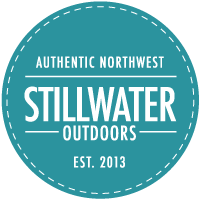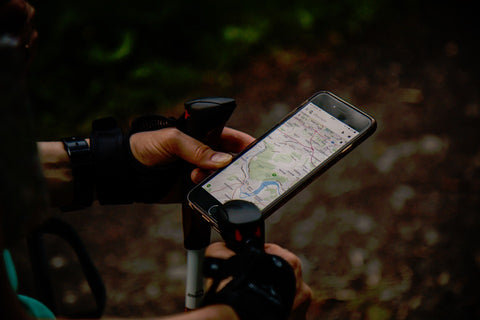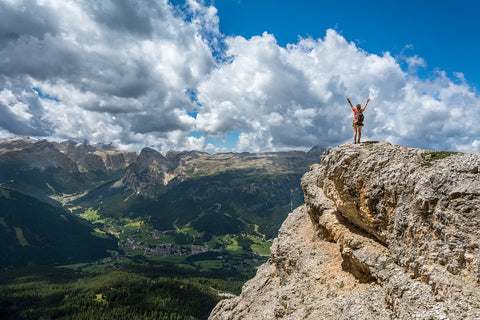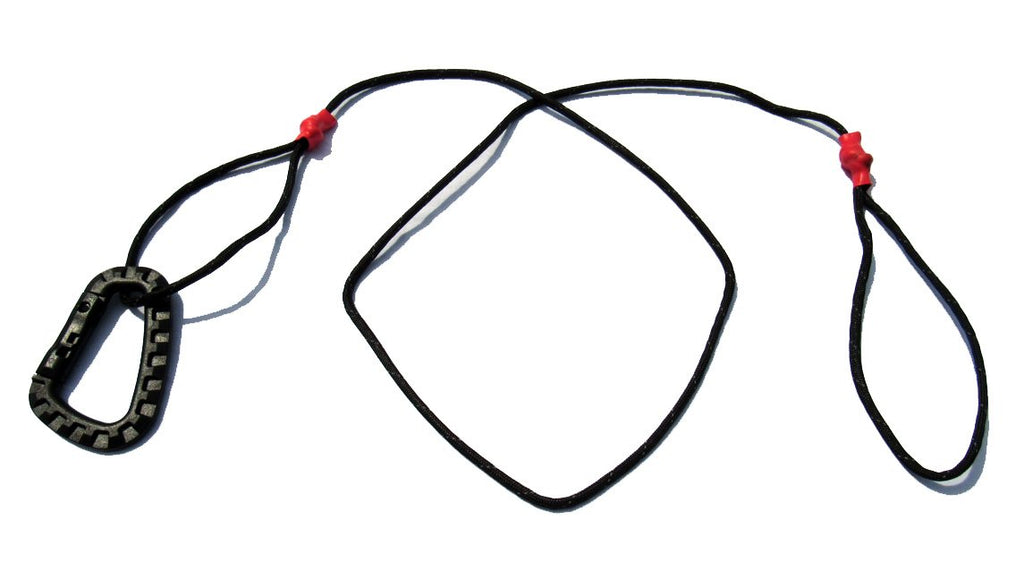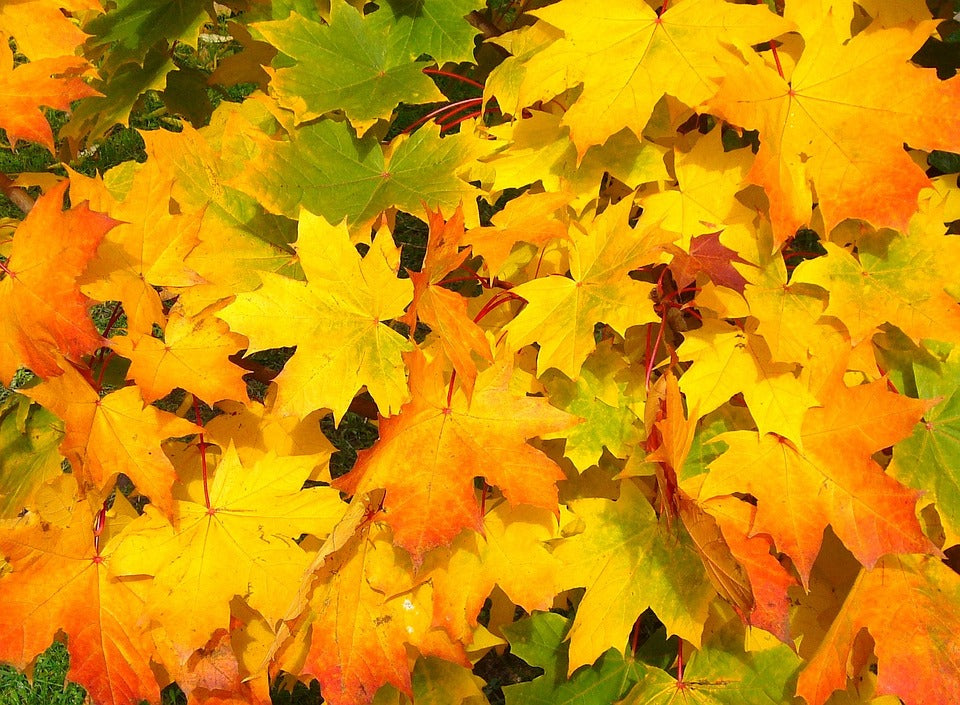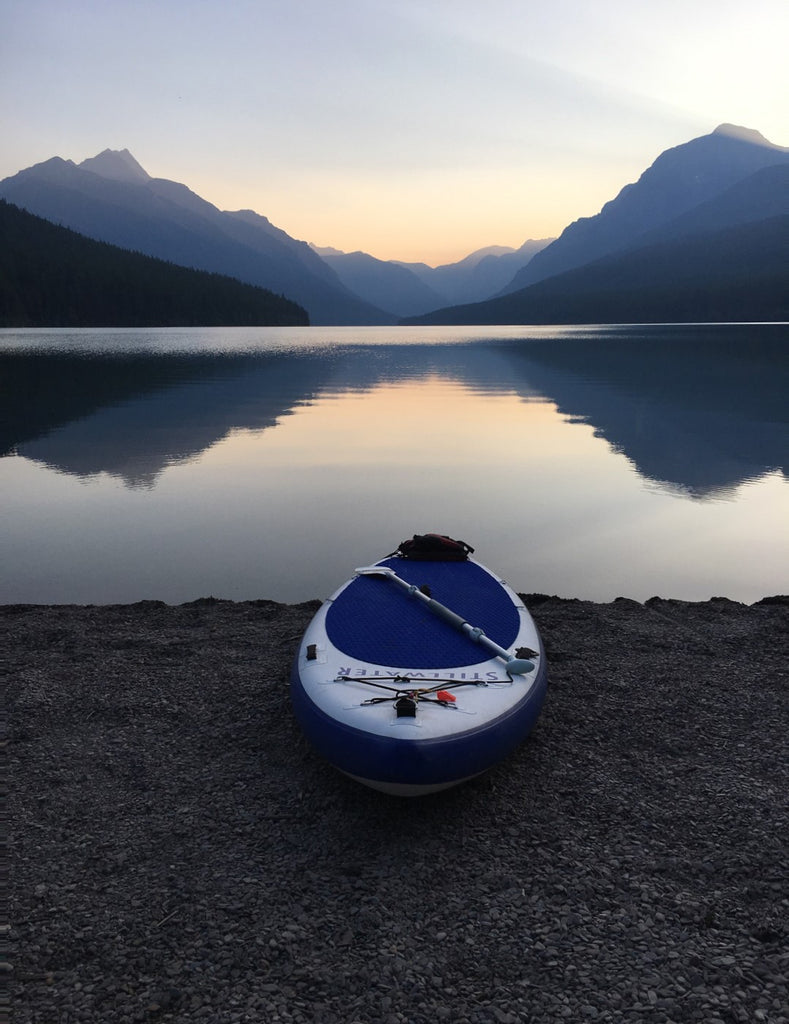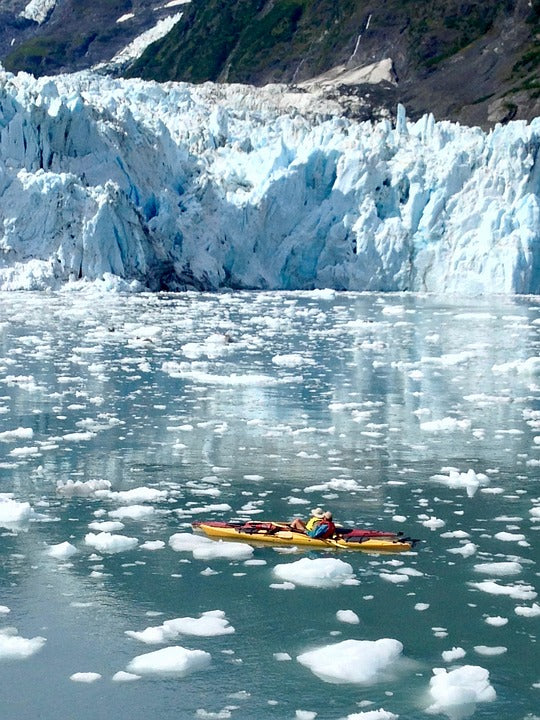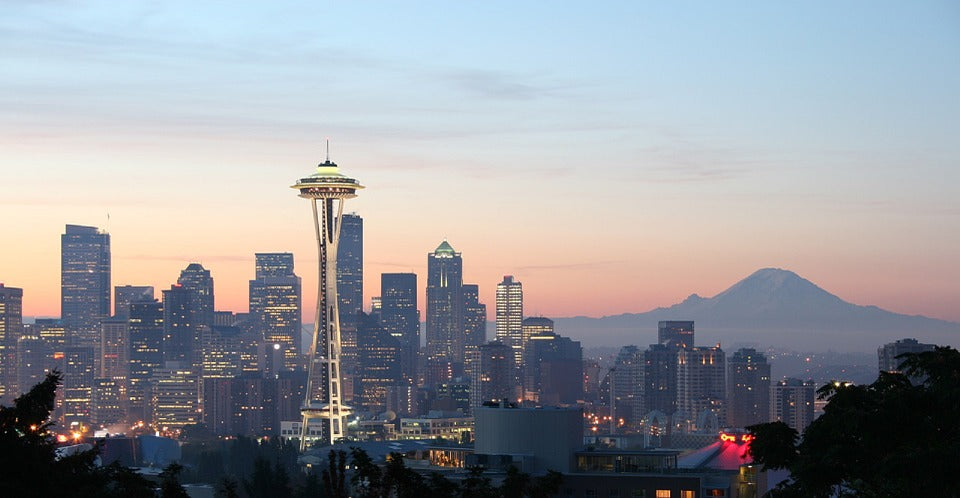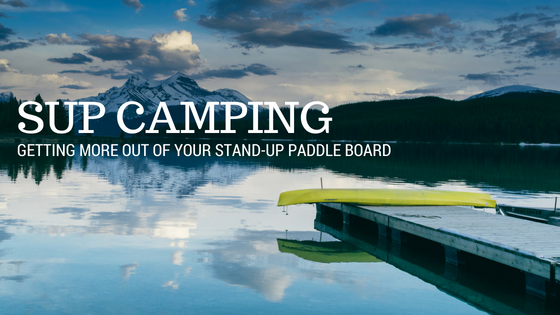There are many reasons to get out an enjoy the outdoors, but this happens to be a favorite of ours. Spokatopia is the event of the season - a gathering of adventure-minded, outdoor enthusiasts of all levels that lets you test out new gear, new sports, and more.
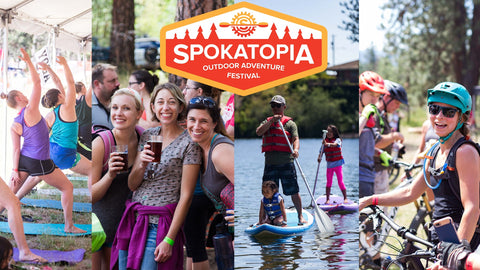
The Basics
Spokatopia
July 13 - Opens 9 AM and Closes 10 PM
July 14 - Opens 9 AM and Closes 3 PM
First and foremost, general admission is free. That's right - FREE. Check out the link below to see exactly what's included for all general admission attendees. Some of the clinics, demos, and other activities may have fees associated with them, but there are several passes available through the website or onsite so be sure to go online and select the pass that suits your needs. We're partial to the Spokatopia Adventure Pass which will allow you to test a Stillwater Outdoors SUP, but then we're a bit biased that way.

Paddle Board Race
Sunday, July 14th
Check-in 11:00 AM to 12:00 PM
For those looking for a more casual experience, there is a one mile Recreational Race (Registration is $20 per person) available to all ages and abilities. For the advanced paddle-boarders out there, the Elite Race is a four-mile gauntlet down and back up river with a $500 prize for the winner in the male and female divisions. Registration if $50 per person with a maximum board size of 14 feet.
Spokatopia Camping
Saturday Night to Sunday Morning
For the first time ever camping will be offered, but sites are extremely limited so sign up early to save your spot. Because of fire danger, absolutely no fires or personal gas stoves will be allowed! But don't worry, you won't starve. There will be food vendors during the day and free light breakfast options on Sunday morning. For a full list of what will be provided and what you should bring along, check out their website.
Trail Run
Sunday, July 14
Free Trail Running Clinic 7:30 AM
Run Starts 8:00 AM
This 5K run is open to all experience levels, so grab your family and friends and get ready to run. Registration is $20 and includes a bandana and weekend Adventure Pass. For more information about the run including shuttling options, check out their website.
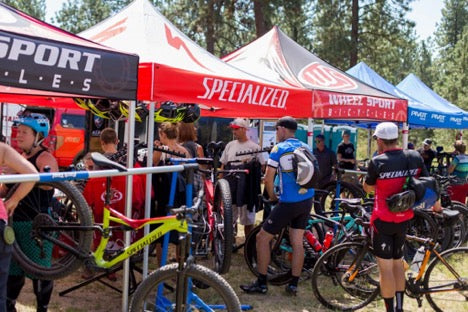
Demos
All Weekend
For those considering an upgrade of their current equipment or perhaps looking to break into a new sport, the demos offered at Spokatopia allow you to try before you buy. They offer one of the largest bike demos in the Inland Northwest with bikes from all of our favorite local shops and brands available. Please keep in mind that testing all but the REI co-op bikes requires an Expert Bike Pass. Remember to bring your helmet, ID, and other gear to the demos.
If biking isn't your thing, check out the water sport demos which include chances to test out SUPs, kayaks, and canoes on the Spokane River. We'll be there with our brand of paddle boards, the same styles rented at our sister company, Fun Unlimited. Please remember to bring your swim suit, towel, and ID to the demos (life jackets will be provided).

Clinics
Want to learn how to rappel? Thinking of taking your SUP game to a new level with SUP Yoga? Never been in a kayak? Spokatopia has the answer. Simply sign up for a clinic and learn the basics while getting to test run a new style of adventure. If you're interested, check out the website for details on the specific clinics offered, their requirements, and costs.

And Much More
There are far too many events, activities, and vendors to list out in this article. With family friendly activities, good food, and lots of new friends just waiting to be met, you can't go wrong with a weekend at Spokatopia. Go online, check out their website, register for a few clinics, and don't forget to stop by and visit us.
See you there!
